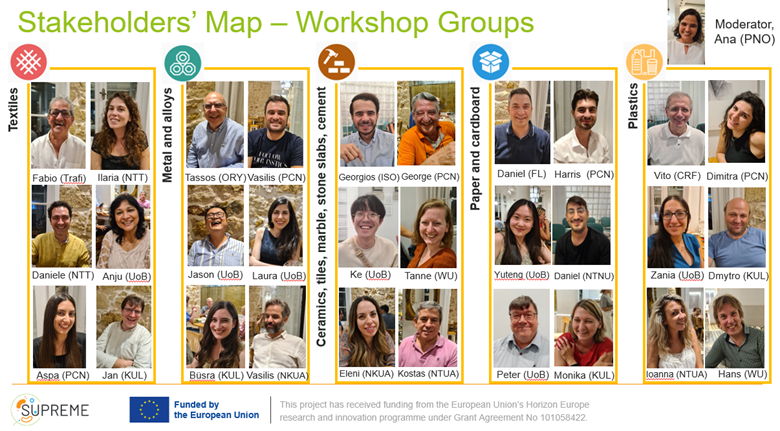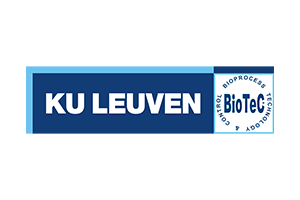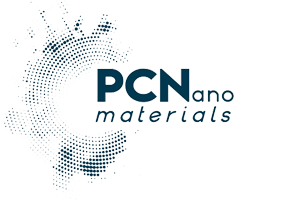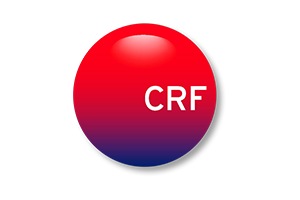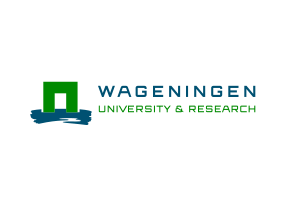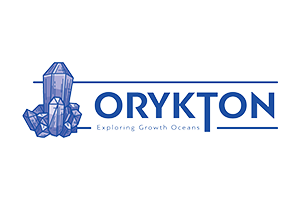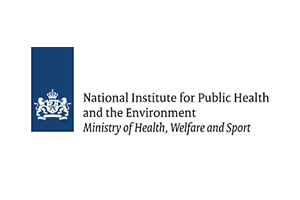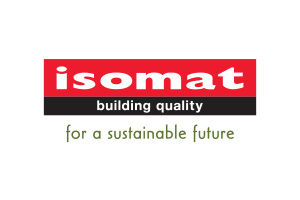THE PROJECT
The catastrophic pandemic caused by SARS-CoV-2 in 2020 attracted the attention of the general public towards the spread of harmful pathogens facilitated by high traffic surfaces, highlighting the importance and urgency of an economically and environmentally sustainable solution for antimicrobial surface as a potential strategy to mitigate the spread of disease outbreaks.
Nanoparticle (NP) filled coatings, with recognised effectiveness against bacteria, viruses, and fungi, could be valuable candidates for developing antimicrobial surface and minimising the surface adhesion of pathogens. However, due to many technical challenges, including difficulty to develop nanocoatings with a long-term antimicrobial capability, durability under real conditions, and safety assurance, their application at industrial level remains limited.
 € 4.737.523 budget
€ 4.737.523 budget
 48 months
48 months
 19 partners
19 partners
 8 countries
8 countries


